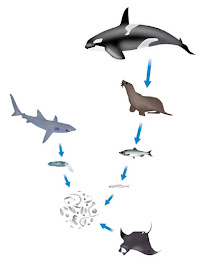Tugboat
A tugboat, is used to manoeuvre, mainly by towing other vessels in harbours, over the open sea, rivers and canals. They are used to tow barges, disabled ships other equipment like towboats.
A tugboat refers to a recreational boat that resembles a tug in shape, but is not designed for towing.
Tugboats are strong for their size. Early tugboats had used steam engines, but, nowadays diesel engines are used. Tugboat engines normally produce 750 to 3000 hp, but larger boats can have power ratings up to 25 000 hp. The engines are regularly used in railroad engines, but naturally drive the propellor mechanically as a substitute of converting the engine output to power electric motors, as is general for railroad engines. For safety, tugboats engines feature two of each important part for redundancy.
Tugboats are very much maneuverable and different propulsion systems have been developed to boost manoeuvrability and increase safety. The first tugs were fitted with paddle wheels but these were soon replaced by propeller-driven tugs. Kort nozzles have been added to increase thrust per hp. This was said by the nozzle-rudder which omitted the need for a conventional rudder.



